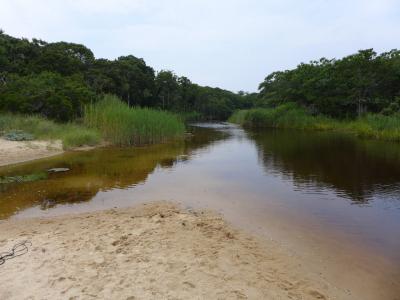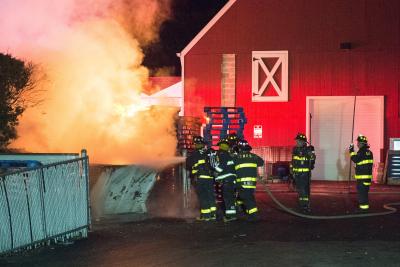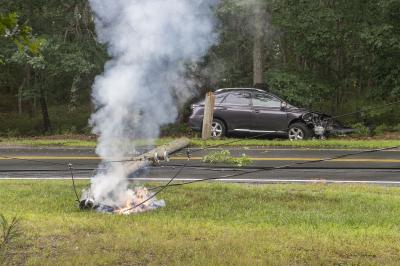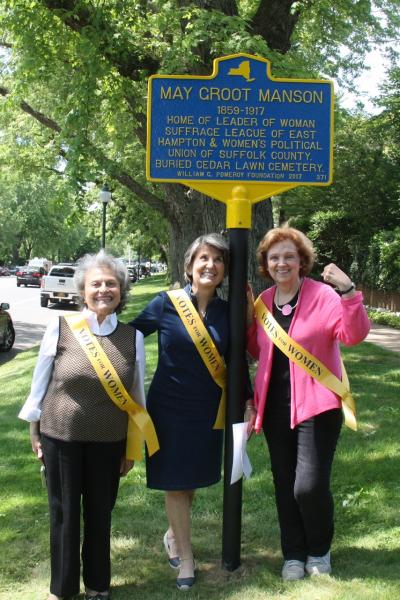Looking Ahead to Preserve History
Looking Ahead to Preserve History
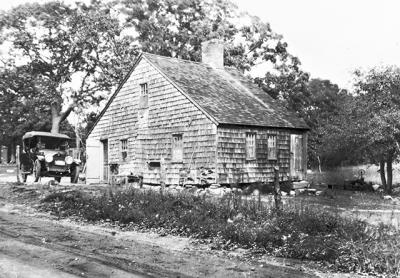
Historical houses throughout East Hampton could be designated as landmarks, protecting them from demolition or substantial change, through a program being considered by the East Hampton Town Board that would also give their owners the right to build a second residence on their properties.
Thirteen of the most historically significant houses have been selected as candidates for landmarks in the first phase of the program, which was outlined on Tuesday for the board by Robert Hefner, a historic preservation consultant.
The program is modeled after one adopted by East Hampton Village through which 23 houses were tagged for preservation.
The lots on which numerous historical houses sit are of a size that would allow for large new houses to be built, some of them of the maximum size allowed, 20,000 square feet.
Town officials fear that new property owners would likely look to build new residences, leaving the fate of the historical structures at risk.
“Unfortunately, given the trend of new home development in our town, I think you’d have to guess that the likelihood is that many of these homes would be destroyed or expanded upon in such a way that their historic value would almost cease to exist,” Town Supervisor Larry Cantwell said Tuesday.
Having two dwellings on one residentially zoned lot is not currently allowed, and bending that rule raises concerns about increasing density in neighborhoods, Mr. Cantwell acknowledged. He was an East Hampton Village administrator when the historic landmark program was established there, and said “there was such a compelling argument and need for protecting these priceless homes that it seemed warranted . . . and it’s worked out really well.” He endorsed “the idea of giving [property owners] some additional rights in return for limitations on what they can do and a commitment to protect the important historic house that’s there.”
The houses under consideration are “important homes in the community’s history,” Mr. Cantwell said. They include two houses on what was known as the East Side, along Old Stone Highway in Springs, that were in the Miller family. One, built in 1790, became the home of the keeper of the Montauk Lighthouse; the other dates from 1840.
Another house, that was also in the Miller family and is on Old Stone Highway, is Willow Hill, which Mr. Hefner said is “one of the oldest and best preserved in Springs.”
The list includes the Zadock Bennett house on Three Mile Harbor Road, the site more recently of the now-closed Pig Pen Produce farm stand. The 2.3-acre property, which is for sale, would accommodate a much larger new house, and the historic structure, said Mr. Hefner, “would, without question, be torn down” to make way for it. The 1850 John Dart house next door to it is also on the proposed landmark list.
The site of the historic Edwards house on Barnes Hole Road could, under current zoning, accommodate a 20,000-square-foot house, Mr. Hefner said. Designating the existing house as a landmark would ensure it remains, no matter what is built on the property in the future.
Another property on the proposed landmark list is an 1805 house on Fireplace Road in Springs, the only existing house “known to have been built by Nathaniel Dominy V, a millwright and cabinetmaker,” Mr. Hefner said.
Also on the list are the 1812 Talmage Barnes house on Abram’s Landing Road, and the 1892 Judge Vernon Davis house on Indian Wells Highway in Amagansett, which is “one of the best preserved summer cottages,” according to Mr. Hefner. A new house seven times its size could be built on the property should it be torn down, he said.
Two other candidates for landmark designation, the Abraham Baker house on Cross Highway and the Samuel Hedges Miller house on Cedar Street, both in East Hampton, “illustrate the evolution of the Cape Cod from the 18th century to the mid-19th century,” Mr. Hefner said.
“The 18th-century Thomas Strong house on Wainscott Hollow Road [in Wainscott] has an authentic historic character that is so far removed from what we see in our town today as to be from another world,” Mr. Hefner said.
“I know all the board members appreciate the value of those important historic homes. They’re all about what we have been as a community; the history of them is fascinating, I think, because of who built them and who occupied them over time,” Mr. Cantwell said.
“It’s a very innovative approach to preserving the houses and it incentivizes for the property owner to do that,” Councilman Peter Van Scoyoc said. Those who purchase pricey properties in East Hampton do not want to live in what may be considered “an inadequate house to maintain a modern lifestyle in,” he said.
Overall density, he pointed out, will not increase under the program, as the cap, based on property size, on the square footage of buildings on each lot will remain the same, though divided between two structures. Even though two families might live in the two houses on one site, he said, the number of bedrooms allowed on a property will not increase, “so we’re not just opening a floodgate for higher densities.”
The owners of the properties in question have been notified and provided with a set of the guidelines that would pertain should their historic houses become landmarks. Some changes would be allowed after review by the town’s architectural review board.
Councilman Fred Overton asked whether property owners could veto having their historic house landmarked, should the board enact the program. It would not be a voluntary program, Mr. Cantwell said. “In the end, zoning and those rights are rested in the authority of the board.”



